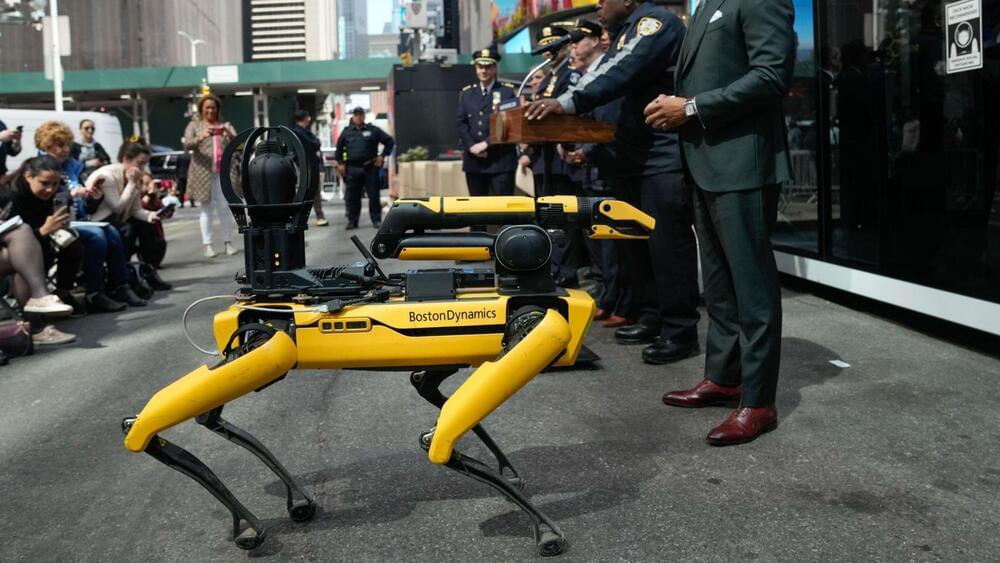Critics are not fully convinced though.
Earlier this month, the New York Police Department (NYPD) announced the induction of two robotic dogs into its force, a move that was opposed by rights activists citing surveillance concerns. Now an incident of a garage collapse where a robotic dog was used in search and rescue operations is being hailed by the City Mayor Eric Adams as justification for its use, The New York Times.
The robotic dogs inducted belong to Boston Dynamics, which Interesting Engineering has extensively covered over the years. Their robotic dog, dubbed Spot, has been designed for use in adverse situations and is equipped with abilities and sensors.






